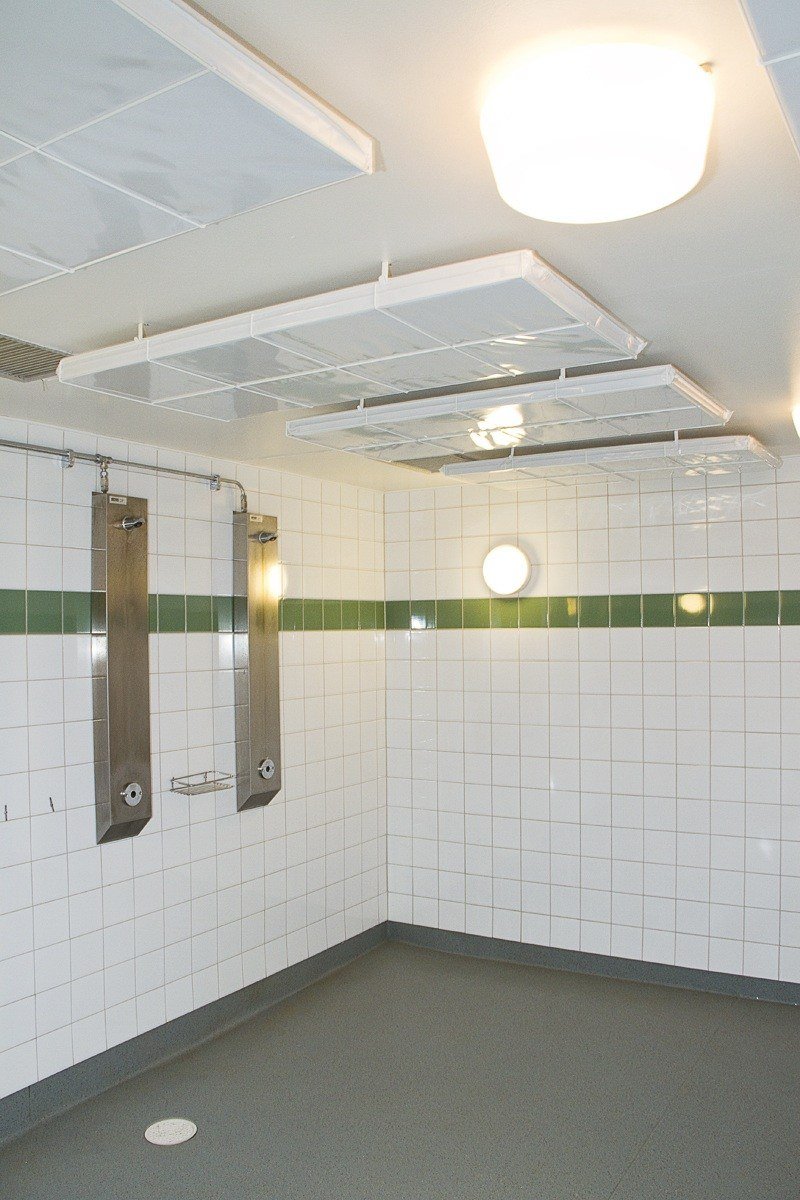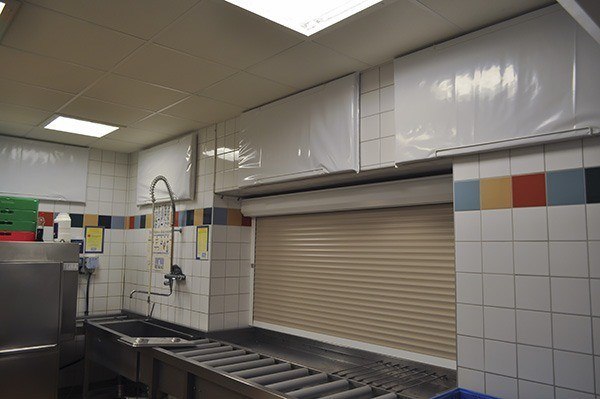Soundproof and sound-absorb a bathroom, shower room, or toilet – For a more harmonious and private environment
The bathroom is a place for relaxation and recuperation, but it is also one of the most sound-reflective spaces in the home. Hard surfaces such as tiles, glass, and porcelain cause sound to bounce freely, creating an unpleasant reverberation. Noises from flushing, shower jets, and conversations can be amplified and perceived as disturbing, affecting both comfort and privacy. By soundproofing and sound absorbing the bathroom, you can create a quieter, more private, and comfortable environment.
Why is sound insulation important in a bathroom?
Most bathrooms lack textiles and soft surfaces, which means that sound is reflected rather than absorbed. This leads to a high noise level, where even the slightest sound becomes more prominent and echoes. If the bathroom is also located near bedrooms, living rooms, or workspaces, the sound can easily spread to other parts of the home, which can affect privacy and comfort. By using sound-absorbing materials and soundproofing solutions, you can reduce sound reflections and prevent sound transmission between the bathroom and the rest of the home.
The benefits of soundproofing a bathroom
Optimizing the acoustics in the bathroom is not just about reducing noise levels, but also about creating a better experience of the room. By reducing echoes, improving speech intelligibility, and increasing privacy, you can create a more harmonious and relaxing bathroom. A balanced sound environment in the bathroom can:
- Reduce noise and echoes, creating a more relaxing atmosphere.
- Improve privacy, so that sounds from the bathroom do not spread to the rest of the home.
- Increase comfort, especially in bathrooms where fans, flushing, and showering can otherwise be disruptive.
- Make the room more aesthetically pleasing and functional by integrating sound-absorbing solutions that blend in with the décor.
Create a bathroom with the perfect sound environment
By combining several sound-absorbing and sound-insulating solutions, you can transform your bathroom into a quiet and relaxing place. With the right materials and strategic placements, you can effectively reduce noise levels, improve acoustics, and create a more private and comfortable environment. Whether you want to reduce noise from pipes, prevent sound leakage to other rooms, or simply create a more harmonious bathroom experience, there are customized solutions for all types of bathrooms, shower rooms, and toilets.










